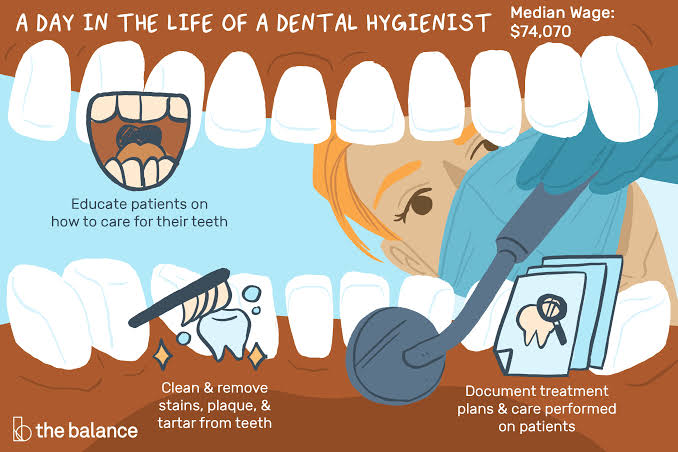They say that the best dentistry is the one that never takes place. Anyone can apply an effective and simple method such as prevention and avoid the appearance of such common diseases as cavities, periodontal diseases, and so on. The key is to make revisions often and put the necessary means such as minimally invasive dentistry (OMI) and dental hygiene, to prevent the disease does not appear.
The combination of techniques such as pits and fissure sealants for caries, together with the early detection by laser of hidden caries, helps in the detection of injuries and oral diseases. If all the above are taught proper brushing techniques, dietetics and cleaning techniques, together periodic periodontal examinations and periodic fluoridations, the result is the early detection of lesions of any kind, including those of carcinogenic origin. And all this, simply by joining the review with the forecast.
Of that, it treats minimally invasive dentistry or also known as minimal intervention. IMO is a modern trend that consists of carrying out dental practices and procedures that are more respectful with our mouth and its treatment.
In this way, aspects such as prevention, the use of minimally invasive therapies and the development of minimal impact surgical methods are combined. The idea is to preserve the maximum amount of tissue and avoid damage in both soft areas (gums) and hard sites (tooth and bone).
Thus, discomfort is avoided, the intervention time is reduced and the same thing happens with the patient. All are positive points:
- Cost reduction
- Minimal damage
- Better conservation of tissues
- Less discomfort for the patient
A clear example of the advantages of minimally invasive dentistry is the removal of the tooth part that has caries and preserve healthy areas. Before, it was normal to eliminate healthy areas to avoid problems. However, the use of air abrasion and minimum strawberries to clean the caries allows to keep the healthy parts for longer.
Another preventive solution is to place an effective sealant that helps reduce the appearance of decay, especially in young children since they often abuse the consumption of sweets and sweets rich in sugars, but very annoying for their teeth.
These sealants help to avoid absolute dryness in the mouth and in parts that are not fully erupted, thus reducing the risk of tooth decay.
The so-called impressions or measurements with digital camera are another example of the advantages of using minimally invasive dentistry since it is not necessary to resort to the use of such nasty pastas and cuvettes that can cause nausea in many patients.
The implants can also be placed without having to resort to the scalpel, or detach the gums from the bone. Technology is our biggest ally in this case, thanks to the 3d radiography in the form of a conical beam, since they allow us to manufacture completely reliable and easy to place templates since surgery is not necessary.
The best of all is that it reduces the patient’s discomfort, and facilitates the placement and precision of the dental specialist.
On the other hand, endodontics can also be done more accurately and be less invasive by making a hole in the mouth smaller, which means less tooth destruction.
However, the biggest change occurs when doing periodontal plastic surgery because they have become a work of art thanks to the use of microscopes that allow us to use less painful techniques, and best of all, more precise and effective using magnification and high precision surgical loupes.
But prevention and surgery would be incomplete without recovery treatments such as resin infiltration or remineralization of incipient caries not cavitated with specific products (fluorine and various phosphates). In this way, early caries are treated and prevented from getting worse.
The materials are another important aspect in the use of minimally invasive dentistry, since it prevents the growth of bacteria and their subsequent infection in carious and periodontal lesions. Thanks to the use of lightly harmful materials, such as ionomeric glasses (very common in ART restorative techniques), certain diseases are prevented.
The key is to diagnose caries early using early detection tools such as the measurement of buffer capacity of saliva, salivary pH, the number of colonies of cariogenic bacteria (lactobacillus acidophilus and streptococcus mutans) that help reduce the appearance of happy decay.
Related Article: Periodontal Plastic Surgery
The same early detection system can be used to diagnose precancerous lesions thanks to colorimetric techniques. You can even do genetic tests to evaluate the possibility that in the future decay or any periodontal disease appear in patients.
The result of using esthetic dentistry and oral rehabilitation with porcelain, is to avoid carving our teeth and get a better smile thanks to a digital smile design (DSD). If to all the above we add the prospective computer techniques that help dentists to visualize how the crowns finally look, the aesthetic result of using minimally invasive dentistry is a film smile with less discomfort and less impact . Everything is advantages! Find out at your trusted dental clinic.
